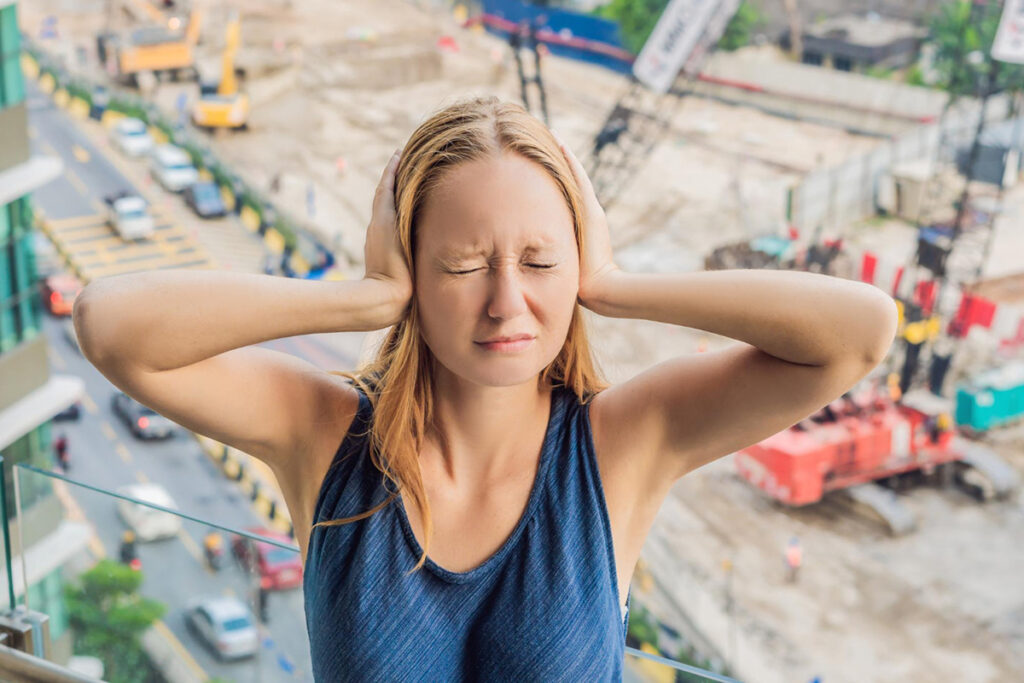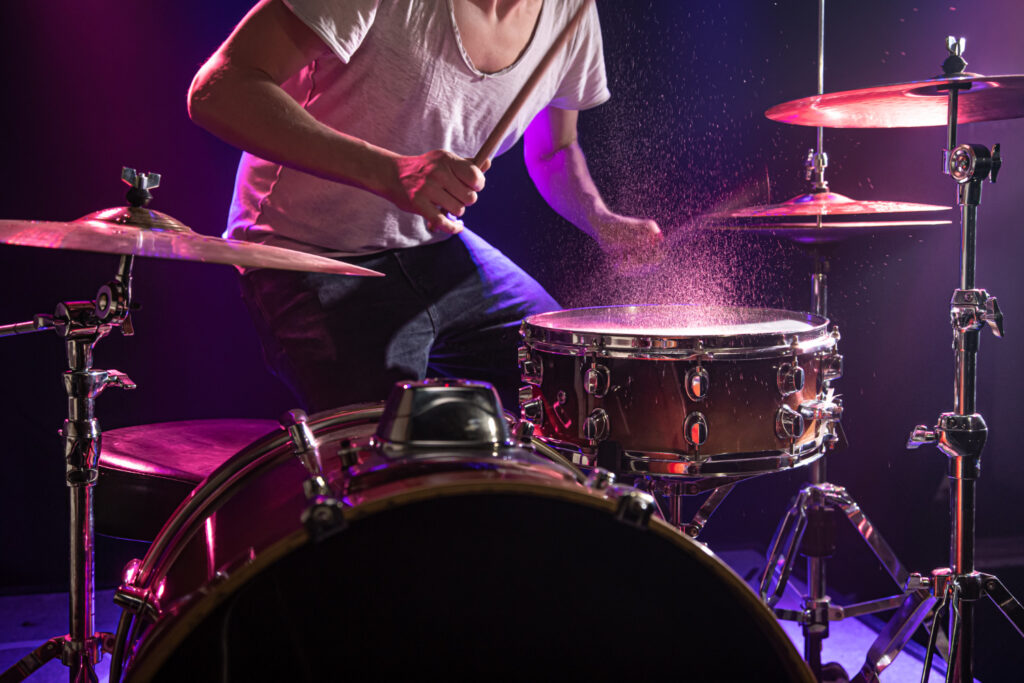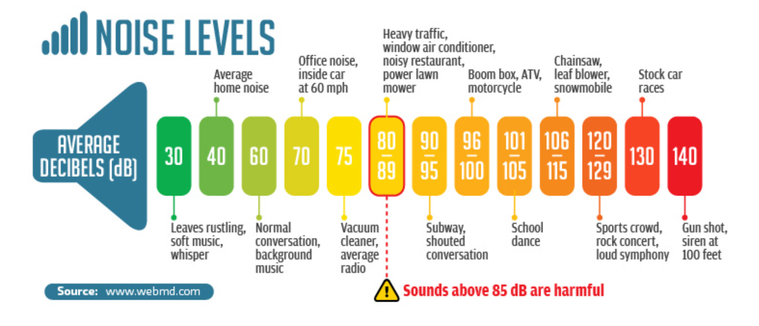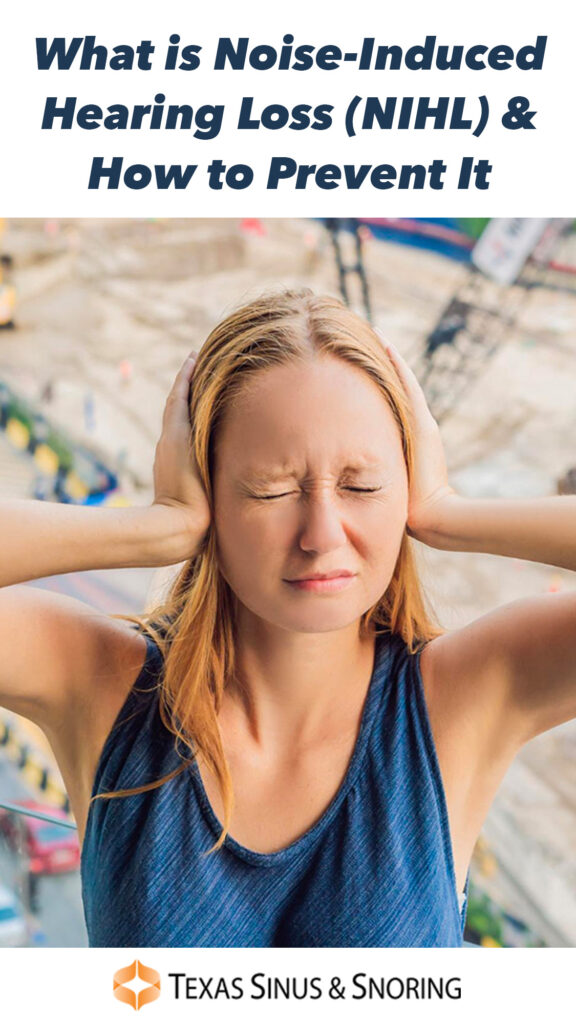What is Noise-Induced Hearing Loss (NIHL) & How to Prevent It
Noise induced hearing loss (NIHL) is hearing loss caused by exposure to harmful, loud noise over a long period of time. It can also occur after you are exposed to a loud noise in a short period of time, such as a blast or gunshot. NIHL can affect people of all ages, and it may be temporary at first but become permanent over time. The more you are around loud noises, the more you are at risk of having hearing loss.
An estimated 12.5% of children and adolescents aged 6–19 years (approximately 5.2 million) and 17% of adults aged 20–69 years (approximately 26 million) have suffered permanent damage to their hearing from excessive exposure to noise.

The Good news is like other hearing losses, Noise-Induced Hearing Loss is Preventable!
You can take steps to prevent noise-induced hearing loss by protecting your hearing with the use of hearing protection.
What is Noise-Induced Hearing loss?
Noise-induced hearing loss occurs when the sensory organ for hearing (cochlea) in the inner ear become damaged due to hazardous noise exposure. The type of noise that can harm your hearing depends on the loudness, the pitch, and the length of time you are exposed to the noise.
The loudness of sound (measured in decibels, or dB) and the length of exposure are directly related to each other. The louder the sound is, the shorter you can be in that noise before damage occurs. For example, 8 hours of exposure to 85-dB noise daily can begin to damage a person’s ears over time. Using power tools (100 dB), listening to loud audio at max volume (at about 115 dB), attending a rock concert (at about l20 dB), or hearing a gunshot (at 140 to 170 dB) may damage the hearing of some people after only a few times or just once.
Who is at Risk for Noise-Induced Hearing loss?
As mentioned above, people of all ages can develop noise-induced hearing loss. People who attend concerts or listen to music through headphones at high volumes are more susceptible to NIHL. Those who have jobs in noisy environments are also vulnerable.
According to the Centers for Disease Control (CDC), jobs and industries with the highest risk of noise-induced hearing loss include 3:
- Agriculture
- Carpentry
- Mining
- Oil or gas extraction
- Construction
- Military
Recreational activities with risks of NIHL:
- Hunting/firearm use
- Motorcycling/ motor sports
- Live music Concerts/sporting events
- Fireworks
- Woodworking
- Studio exercise classes/health clubs
- Video Arcades/Gamer headphones
- Movie theaters

Symptoms of Noise-Induced Hearing loss
Depending on the cause of your NIHL, symptoms may be immediate, or you may develop them over time. Some of the most common noise-induced hearing loss symptoms include:
- Difficulty hearing high-pitched sounds, like birds chirping.
- Muffled or distorted speech
- Tinnitus (ringing in the ear)
- A feeling of fullness or pressure
- Pain in the ear
Noise-induced hearing loss symptoms may last minutes, hours, or days after noise exposure ends. Even though your hearing may return to normal (temporary threshold shift from noise), the inner ear cells in the sensory hearing organ (cochlea) may still be destroyed. In this case, other cells around the destroyed cells are picking up the workload. As more and more cells are destroyed over time, hearing loss will become permanent. Inner ear cells will no longer recover.
Preventing Noise-Induced Hearing Loss
Noise-induced hearing loss is Preventable! To reduce the risk of NIHL, adults and children can do the following:
- Understand what types of noises can be harmful to your hearing.
- Wear earplugs or earmuffs when in loud noise environments.
- Turning music down.
- If you’re unable to protect yourself from loud noise, move as far away from it as you can.
- Help younger children protect their ears until they can do it themselves.
How do I know if something is too loud?
You know it’s too loud if you have to lean in close to talk to someone next to you or have to speak up when talking. Once you leave the area, your hearing is muffled, and speech is not clear. Sudden pain or ringing in the ears is a sure sign that noise was too loud.

Diagnosis and Treatment
Our Audiologist Dr. Reyes will examine your hearing with a comprehensive hearing test and detailed medical and noise history. In most cases, noise-induced hearing loss is treated similarly with other types of hearing loss with the use of hearing aids. Our audiologist will discuss hearing aid options in detail depending on severity of hearing loss. Annual hearing evaluations will be recommended to monitor hearing sensitivity.
References:
References:
- Niskar AS, Kieszak SM, Holmes AE, Esteban E, Rubin C, Brody DJ. Estimated prevalence of noise induced hearing threshold shifts among children 6 to 19 years of age: The third national health and nutritional examination survey. 1988-1994, United States. Pediatrics 2001;108:40–43.
- National Institute on Deafness and Other Communication Disorders. Quick Statisticsexternal icon. Bethesda, MD: U.S. Department of Health and Human Services; August 2008.
- Centers for Disease Control and Prevention. How Does Loud Noise Cause Hearing Loss?

